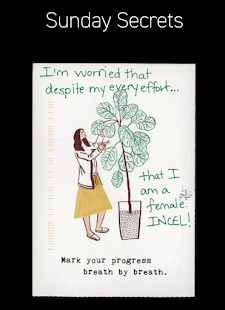What is Electronic Literature?
When I first asked myself what electronic literature was, my definition was broad and encompassed many genres of digital literature. I had a very vague understanding that did not feel complete. As I read Electronic Literature by Scott Rettberg, I was able to comprehend what it truly envelops. The Electronic Literature Organization provides their own definition.. “Electronic Literature, or e-lit, refers to works with important literary aspects that take-advantage of the capabilities and contexts provided by the stand-alone or networked computer” the organization also provides a list of examples to characterize the definition being hypertext fiction, computer art, literary apps etc.…(Rettberg 4). As I continued to read more about electronic literature, I found out that many people argue over the correct definition of e-lit, especially throughout the years as it continuously has grown. I also found out what electronic literature is not. E-lit is not entirely focused on only the digital world where the literature could have just been printed, it encompasses much more. Electronic literature would not count without its digital aspect from a computer (Rettberg 5). Electronic Literature should be read because it allows the viewers to challenge their perspective of what reading can be defined as. The projects created through e-lit show the value of trial and error over the years. Writing electronic literature allows for the author to express their material alternatively and makes their work more accessible.
As I was reading Electronic Literature by Scott Rettberg the reference that stood out to me the most was one edited by Simmanowski et al Reading Moving Letters: Digital Literature in Research and Teaching (2010). This book discusses how digital literature and media is entering digital humanities classes. This book is full of collected stories from teachers around the world on how to teach electronic literature. It also looks at the teaching of electronic literature through various authors discussing topics like close reading and teacher experiences. The way the book presents itself is split into three sections one being how to read digital literature, second how to teach digital literature and thirdly how digital literature contributes to research and teaching. While I was reading some excerpts from the book, I found a lot of similar key terms as I did in Electronic Literature by Scott Rettberg such as "digital born". This handbook is quite dense but teaches you a lot about what is considered to be digital literature and what is not.
https://books.google.com/books/about/Reading_Moving_Letters.html?id=N-BKCgAAQBAJ


Comments
Post a Comment